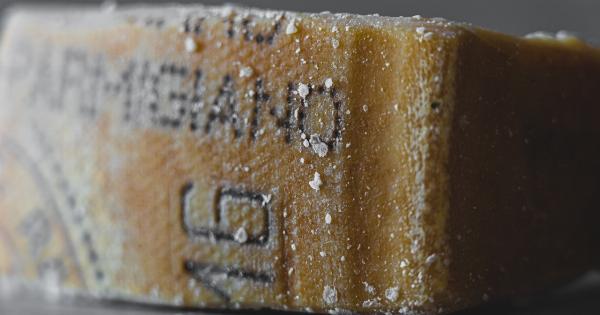Heart failure is a condition that occurs when the heart muscle is unable to pump enough blood to meet the body’s needs. It can be caused by a variety of factors, including high blood pressure, diabetes, and coronary artery disease.
One of the key ways to manage heart failure is to limit sodium intake. This can help decrease the buildup of excess fluid in the body, which can put additional strain on the heart.
Understanding Sodium Intake
Sodium is a mineral that is naturally occurring in many foods, and is also added to many processed foods. It is essential for many bodily functions, including regulating blood pressure and maintaining fluid balance.
However, too much sodium in the diet can lead to high blood pressure and increased risk of heart failure. The American Heart Association recommends that adults should aim for no more than 2,300 milligrams of sodium per day, with an ideal limit of no more than 1,500 milligrams per day for those with heart failure.
Reading Food Labels
One of the best ways to manage sodium intake is to read food labels. All packaged foods are required to have a nutrition information panel that lists the amount of sodium per serving.
It’s important to pay attention to the serving size, as many foods may contain multiple servings per package. Look for foods that are labeled as “low sodium” or “no added salt”. Be wary of foods that are labeled as “reduced sodium”, as they may still contain a significant amount of sodium.
Choosing Low-Sodium Foods
When shopping for groceries, it’s important to choose low-sodium foods whenever possible. Fresh fruits and vegetables are naturally low in sodium and are a great option.
Lean meats, poultry, and fish are also good choices, as long as they are not seasoned with salt. Low-sodium soups and broths can be used as a base for homemade soups and stews. When cooking, use herbs and spices to add flavor instead of salt. Avoid processed foods, as they tend to be high in sodium.
Sodium Content in Common Foods
Here are some common foods and their sodium content:.
- Bread (1 slice) – 100 to 230 milligrams
- Cheese (1 ounce) – 200 to 450 milligrams
- Canned vegetables (1/2 cup) – 150 to 300 milligrams
- Canned soups (1 cup) – 600 to 1,200 milligrams
- Cold cuts (2 ounces) – 600 to 1,200 milligrams
- Pizza (1 slice) – 600 to 1,200 milligrams
- Cereal (1 serving) – 100 to 300 milligrams
- Sauce (1/4 cup) – 350 to 500 milligrams
Managing Sodium in Restaurants
Eating out at restaurants can be a challenge when trying to manage sodium intake. Many restaurant meals are high in sodium, so it’s important to be mindful of choices. Look for menu items that are broiled, grilled, or steamed instead of fried.
Ask for sauces and dressings on the side, so you can control how much you use. Choose plain vegetables and ask for them to be cooked without added salt. Avoid meals that are described as “smoked”, “cured”, or “pickled”, as these are typically high in sodium.
Tips for Cooking at Home
Cooking at home can be a great way to control sodium intake. Here are some tips:.
- Use fresh or frozen vegetables instead of canned, which often have added salt
- Rinse canned beans to remove excess sodium
- Experiment with herbs and spices to add flavor instead of salt
- Make your own salad dressings with olive oil, lemon juice, and herbs
- Choose fresh or frozen meats and poultry instead of canned or processed versions
- Use low-sodium broth or bouillon when making soups and stews
- Choose whole grains, such as brown rice and quinoa, which are naturally low in sodium
- Avoid pre-packaged seasoning mixes, which are often high in sodium
Conclusion
Managing sodium intake is an important part of managing heart failure. By reading food labels, choosing low-sodium foods, and cooking at home with fresh ingredients, it’s possible to limit sodium intake and promote heart health.
Remember to aim for no more than 2,300 milligrams of sodium per day, with an ideal limit of no more than 1,500 milligrams per day for those with heart failure.

























